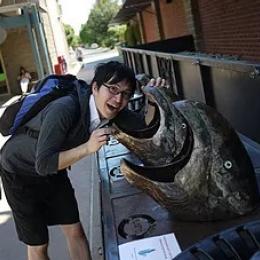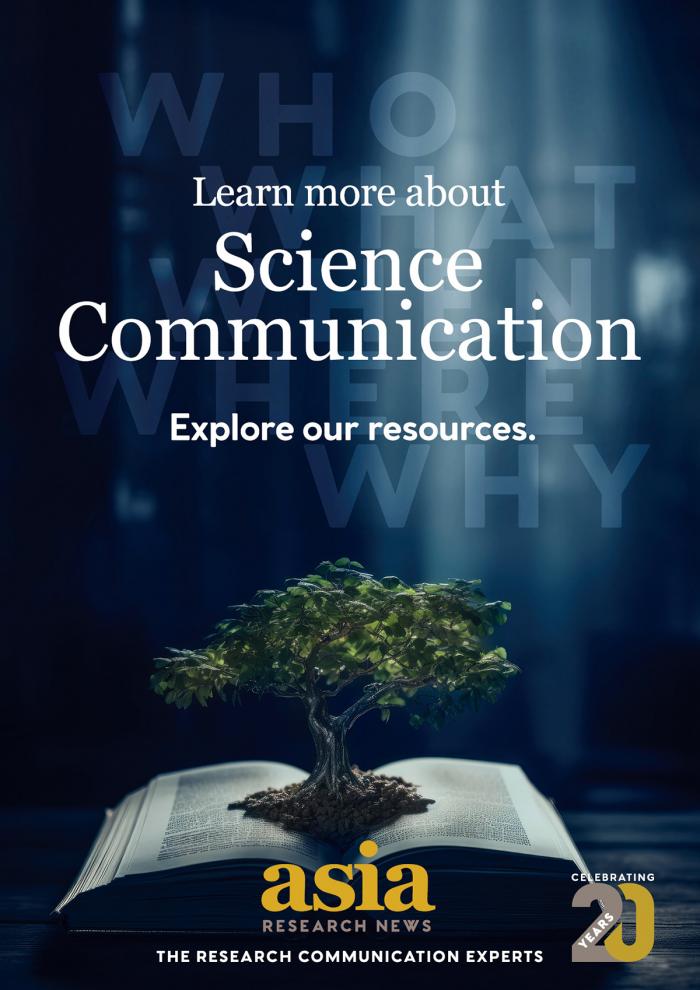Assistant Professor Ryota Kawanishi
His research interests broadly include aquatic ecology, evolution, and conservation with a focus on the significance of hydrological connectivity in stream biota, ecology in intermittent streams, and evolutionary history and ecology of parasitic isopods.
Education
2009.4 - 2012.3 Ph.D. at Graduate School of Science, Ehime University
2007.4 - 2009.3 MSc at Graduate School of Science, Ehime University
2003.4 - 2007.3 BSc at Department of Science, Ehime University
Professional experience
2014.9 - Present position
2013.5 - 2014.9 Postdoctoral Fellow at Public Works Research Institute (PWRI)
2013.4 Research Assistant at Ehime University.
2012.4 - 2013.3 JSPS Research Fellow at Ehime University
2011.4 - 2012.3 JSPS Research Fellow at Ehime University
Selected recent publications
-
Kawanishi R. & Ohashi S. (2020) First record of the rare parasitic isopod Elthusa splendida (Cymothoidae) from the Pacific Ocean, based on a specimen found in a museum shark collection. Species Diversity, vol. 25, 343-348. [Open access]
-
Kawanishi R., Kohya N., Sogabe A., & Hata H. (2019) A comparison of body condition of the yellowstriped butterfish Labracoglossa argenteiventris in relation to parasitism by the cymothoid isopod Ceratothoa arimae. Parasitology International, vol. 72, 101932.
-
Negishi J.N., Hibino A., Miura K., Kawanishi R., Watanabe N., & Toyoda K. (2019) Coupled benthic-hyporheic responses of macroinvertebrates to surface water pollution in a gravel-bed river. Freshwater Science, vol. 38, 591-604.
-
Sumizaki Y.*, Kawanishi R.*, Inoue M., Takagi M., & Omori K. (2019) Contrasting effects of dams with and without reservoirs on the population density of an amphidromous goby in southwestern Japan. Ichthyological Research, vol. 66, 319-329. * equally contributed.
-
Hata H., Sogabe A., Tada S., Nishimoto R., Nakano R., Kohya N., Takeshima H., & Kawanishi R. (2017) Molecular phylogeny of obligate fish parasites of the family Cymothoidae (Isopoda, Crustacea): evolution of the attachment mode to host fish and the habitat shift from saline water to freshwater. Marine Biology, vol. 164, 105.



